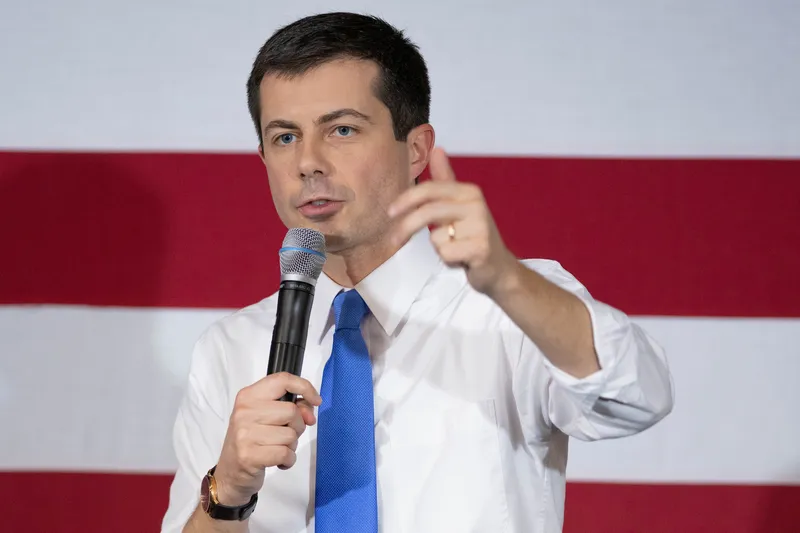US trucking industry leaders have called on the Obama administration to focus on the real challenges and real solutions to the nation's infrastructure funding woes.
April 29, 2014
Read time: 2 mins
US trucking industry leaders have called on the Obama administration to focus on the real challenges and real solutions to the nation's infrastructure funding woes.
"We expect that in the coming days Secretary Foxx and the Obama administration will present their transportation reauthorisation plan to Congress," said4626 American Trucking Association (ATA) president and CEO Bill Graves. "While this proposal will be lauded as a great step forward for transportation, that will only be true if the administration offers long-term solutions to our highway and bridge infrastructure shortcomings – and not yet another in a series of quick fixes."
ATA has repeatedly and consistently, called on Congress and the administration to keep the Highway Trust Fund solvent by using user fees to ensure consistent, long-term federal funding.
The ATA is concerned that if reports are correct that the administration's plan will centre on proceeds from the unlikely passage of corporate tax reform and increased use of inefficient tolling and private finance options. Graves said. "A strong, well-funded federal highway program is critical to our nation's economic success and another round of band-aids and hollow promises won't get it done."
ATA also hopes the administration's plan will focus what resources it does have on the right projects for the supply chain and the nation.
"It is critical that the administration's funding blueprint puts resources where they can do the most good," said ATA chairman Phil Byrd. "The administration should carve out a program to fund the needs of freight transportation that focuses on the mode that moves the most goods: trucks. This administration needs to make much needed investments in repairing our existing roads and bridges and looking for ways to add capacity to meet our growing needs."
"We expect that in the coming days Secretary Foxx and the Obama administration will present their transportation reauthorisation plan to Congress," said
ATA has repeatedly and consistently, called on Congress and the administration to keep the Highway Trust Fund solvent by using user fees to ensure consistent, long-term federal funding.
The ATA is concerned that if reports are correct that the administration's plan will centre on proceeds from the unlikely passage of corporate tax reform and increased use of inefficient tolling and private finance options. Graves said. "A strong, well-funded federal highway program is critical to our nation's economic success and another round of band-aids and hollow promises won't get it done."
ATA also hopes the administration's plan will focus what resources it does have on the right projects for the supply chain and the nation.
"It is critical that the administration's funding blueprint puts resources where they can do the most good," said ATA chairman Phil Byrd. "The administration should carve out a program to fund the needs of freight transportation that focuses on the mode that moves the most goods: trucks. This administration needs to make much needed investments in repairing our existing roads and bridges and looking for ways to add capacity to meet our growing needs."








